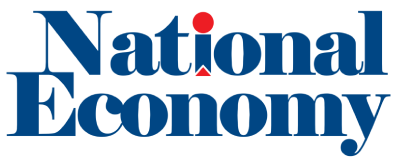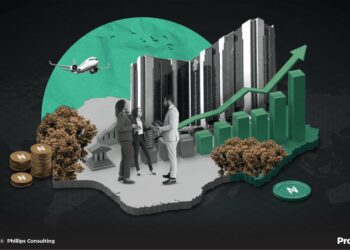As Nigeria grapples with the enduring challenge of financing development in a volatile global economy, its debt management strategy has taken center stage in fiscal discourse. With public debt surpassing ₦100 trillion as of early 2025, questions about sustainability, transparency, and long-term economic consequences have become more pressing than ever.
Successive governments have justified Nigeria’s borrowing spree on the basis of infrastructure financing and budget support. From railways to power plants, debt has become a crucial tool for plugging deficits and stimulating economic growth. Yet, despite this investment-heavy rhetoric, the benefits remain unevenly distributed, and the returns on many borrowed funds are yet to be fully realised.
More concerning is the growing cost of debt servicing. According to data from the Debt Management Office (DMO), over 58 per cent of the country’s revenue is now used to service debt. This figure is not only fiscally unsustainable but also leaves little room for critical spending on health, education, and social protection. In essence, Nigeria is increasingly borrowing to pay off previous debts, edging dangerously close to a debt trap.
One of the most criticised aspects of Nigeria’s debt strategy is the lack of diversification in revenue sources. For a country whose economy is still heavily reliant on oil, a commodity subject to price shocks, borrowing without significantly improving non-oil revenue is risky. While the Federal Inland Revenue Service (FIRS) has made efforts to broaden the tax base, the results are not yet sufficient to meet growing fiscal needs.
Additionally, the preference for external borrowing in foreign currencies exposes Nigeria to exchange rate vulnerabilities. The recent devaluation of the naira has amplified the burden of dollar-denominated debt, making repayment more expensive and further pressuring the foreign reserves.
Noteworthy is the fact that the Tinubu administration, over the past two years, had reduced Nigeria’s revenue to debt service ratio from almost 100 per cent to less than 60 per cent. However, the government’s stance on borrowing more than $21 billion over the next three years as part of the administration’s medium term development strategy smacks of a countermeasure at putting Nigeria on the right trajectory by eschewing another scary bout of debt overhang. This is bearing in mind that the government had promised Nigerians that with the removal of fuel subsidies the rates of borrowing to fund the budget would reduce to its minimum.
To chart a more sustainable path, Nigeria must urgently recalibrate its debt management strategy. This includes: prioritising concessional loans over commercial ones, strengthening debt transparency and accountability mechanisms, and aligning borrowing with projects that have clear economic returns. Also, it is pertinent to double down on expanding and deepening the domestic revenue base to reduce dependence on loans.
Debt, if well-managed, can be a tool for development. But without discipline and clear fiscal reform, it becomes a burden for generations to come. The time to rethink Nigeria’s debt strategy is now before the cost becomes irreversibly high.





